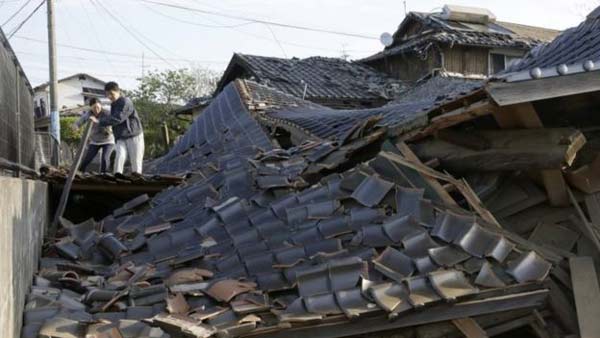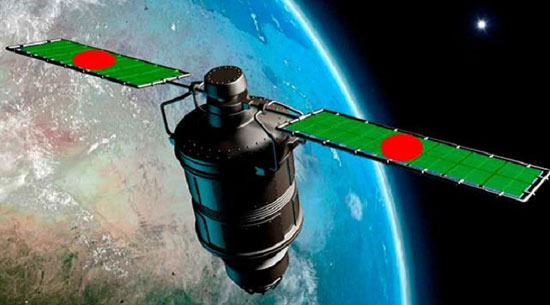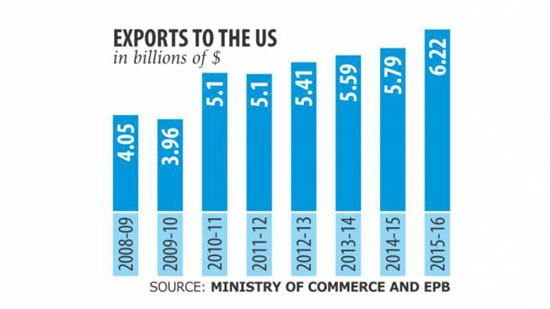Tokyo, Japan (BBN)-Rescue crews scrambled through rubble Saturday in a race against time for survivors of a magnitude-7.0 earthquake that struck Japan’s Kyushu Island, the same region rattled by a 6.2 quake two days earlier.
The death toll in the Kyushu earthquake rose to 19 people, according to Kumamoto Prefecture’s disaster management office, reports CNN.
The earthquake toppled buildings and shredded structures into pile of debris.
At least 23 people were buried inside buildings, Chief Cabinet Secretary Yoshihide Suga said .
TV Asahi showed crews crawling over a collapsed roof in an attempt to find an elderly couple.
An 80-year-old man was pulled from the rubble, TV Asahi said.
The tremors appear to have caused extensive damage, overturning cars, splitting roads and triggering a landslide as shown by TV Asahi footage.
The area was rocked by as many as 165 aftershocks, some of them as strong as magnitude-5.3 struck in the hours after the quake.
Television images showed mostly desolate streets, shards of broken glass on the streets and people huddled outside.
Japan’s Fire and Disaster Management Agency said 7,262 people have sought shelter at 375 centers since Friday in Kumamoto Prefecture. Suga said 20,000 self-defense forces are being deployed to the region for rescue efforts.
Japan’s “Ring of Fire”
The US Geological Survey reported that the latest quake struck just west-southwest of Kumamoto-shi and about 8 miles south-southeast of Ueki, the epicenter of the late Thursday tremor that left nine dead.
“No question, this is a large and very important earthquake,” said Doug Given, a geophysicist with the USGS. “And it will do a lot of damage.”
Given noted: “The four islands of Japan are on the edge of what’s traditionally been known as the ‘Ring of Fire'” — a stretch along parts of the Pacific Ocean prone to volcanoes and earthquakes.
Victor Sardina, a geophysicist in Honolulu, Hawaii, told CNN that the latest quake was about 30 times more powerful than Thursday’s deadly tremor.
He predicted “severe, serious implications in terms of damage and human losses.”
The shallow depth of the quake — about 10 kilometers, or 6 miles — and the densely populated area where it struck could prove to be devastating, according to experts.
The quake prompted the Japan Meteorological Agency to issue a tsunami advisory for coastal regions of Japan on the Ariake Sea and Yatsushiro Sea around 2 a.m. Saturday (1 p.m. ET Friday).
The agency subsequently lifted all tsunami warnings and advisories.
Japanese media reported a small scale eruption of Mt. Aso around 8:30 a.m. local time Saturday.
It was unclear whether the eruption occurred in relation to the earthquake, according to the Japan’s meteorological agency.
‘Buildings were swaying and cracking’
“This looks like it’s going to be a very damaging earthquake. I think we can expect that this is going to be far worse” than Thursday’s tremor, said Tom Jordan, director of the Southern California Earthquake Center.
In short video posted to Instagram, people standing in the parking lot of a 7-Eleven in Kumamoto let out screams following an aftershock.
Journalist Mike Firn in Tokyo told CNN he felt the trembles in a building some 900 kilometers, or more than 550 miles away from the epicenter.
“The building started shaking,” he said. “It was swaying quite strongly for over a minute. … Buildings were swaying and cracking.”
The latest tremor suggests that the earthquake on Thursday was a foreshock, though USGS expert cautioned “that’s not to say that the Earth can’t produce a bigger earthquake still to follow.”
“But statistically, it’s more likely that this latest event will be followed by aftershocks, which are all smaller.”
Prime Minister on the way to the site
Prime Minister Shinzo Abe will visit the earthquake-hit area in Kumamoto prefecture later Saturday, he said at a meeting at emergency response headquarters in Tokyo.
“I would like to see the site with my own eyes and hear from the victims directly,” Abe said.
Search crews were continuing to dig through rubble looking for other people trapped under collapsed buildings.
The Thursday quake struck near Ueki, the U.S. Geological Survey said. Dozens of smaller aftershocks followed.
“The ground shook for about 20 seconds before the 6.2-magnitude quake stopped,” witness Lim Ting Jie had said.
BBN/SK/AD

No Subscription? You Are Missing Out!
Join the business leaders of Bangladesh who rely on BBN's original reporting and in-depth analysis on business scenario of the country. We send only one daily email. No Spam Guaranteed!









